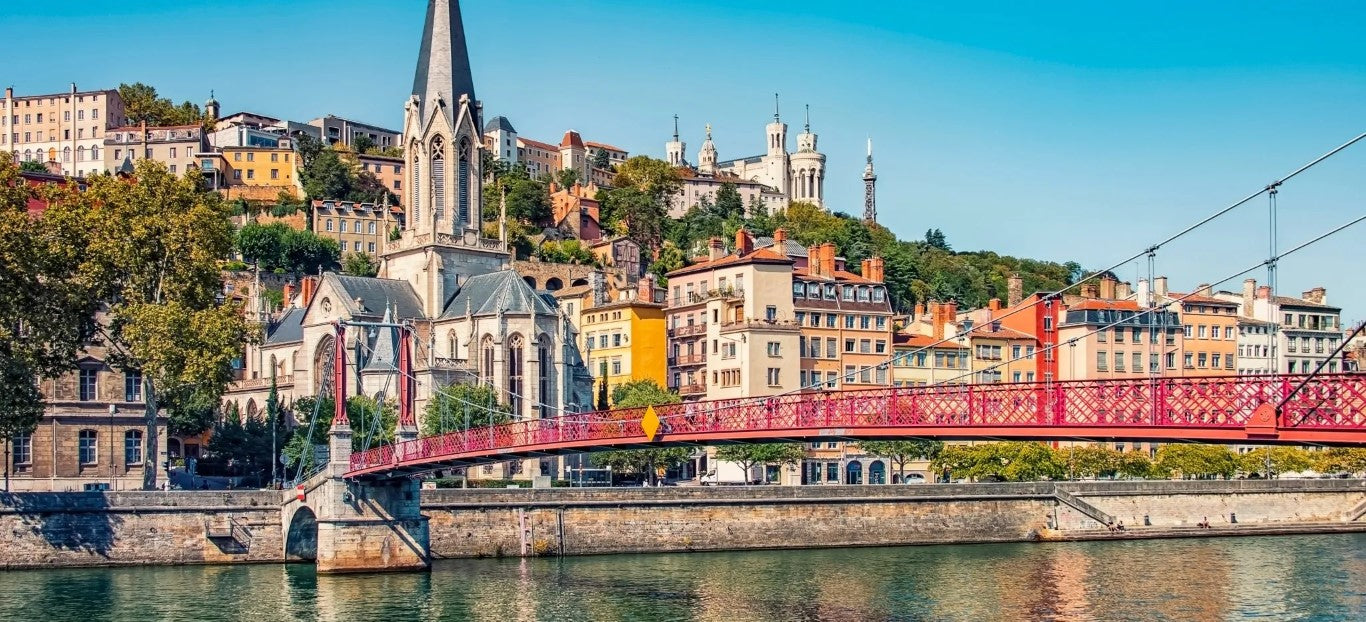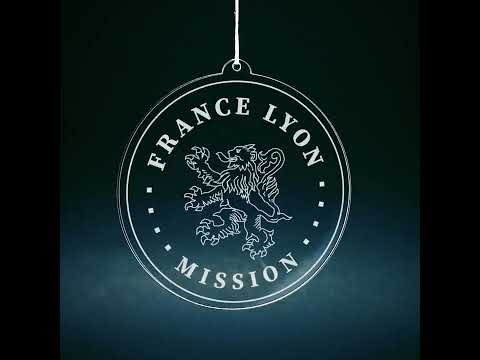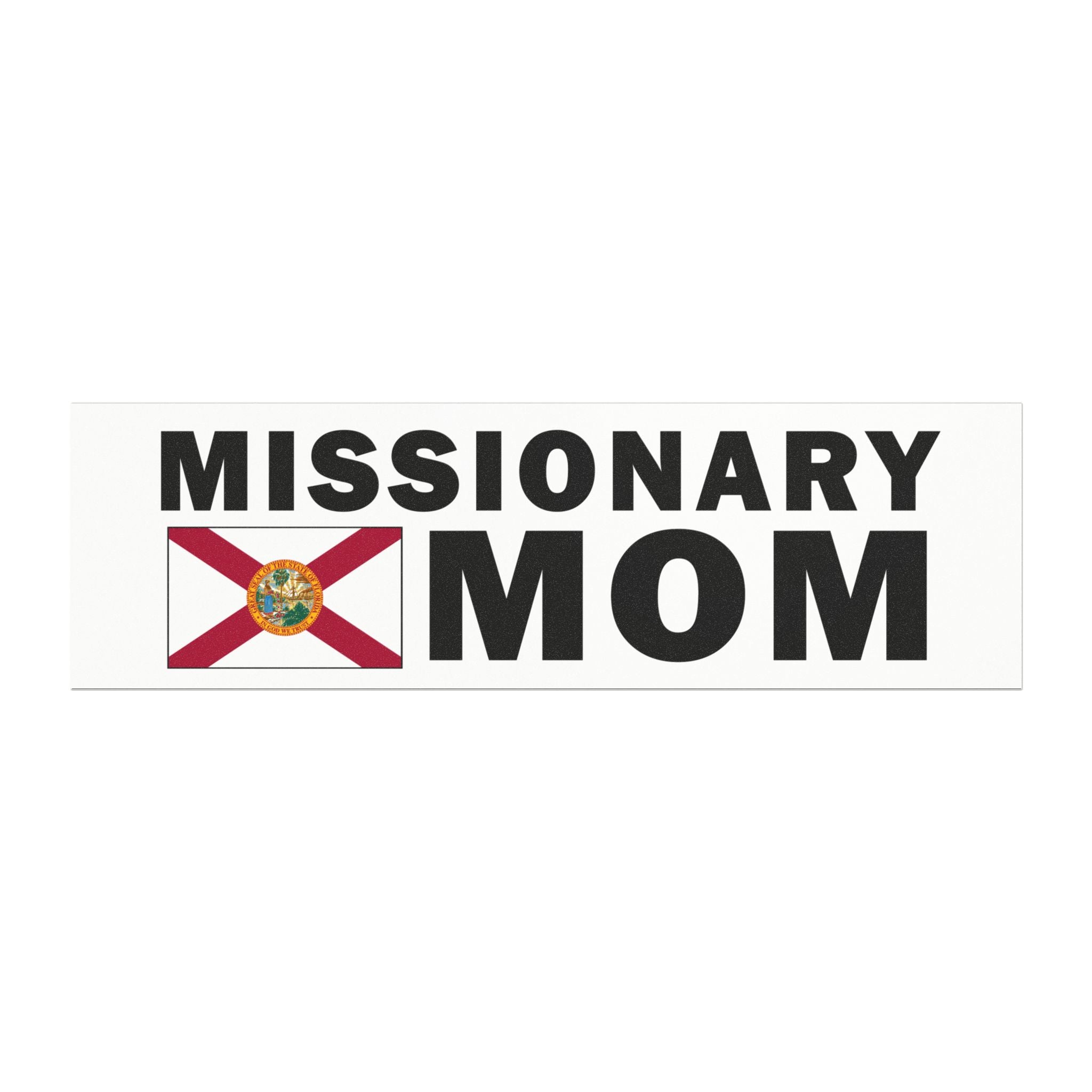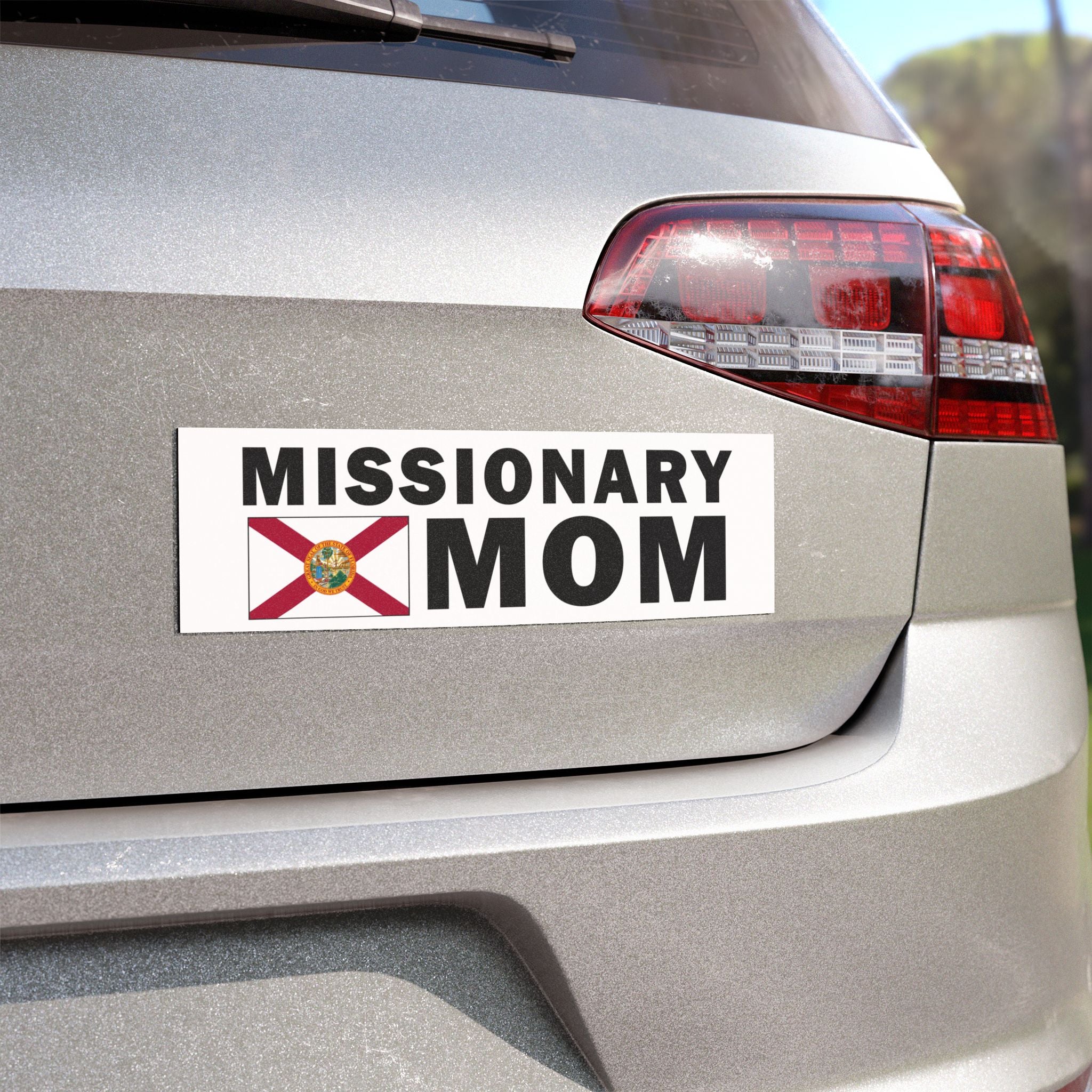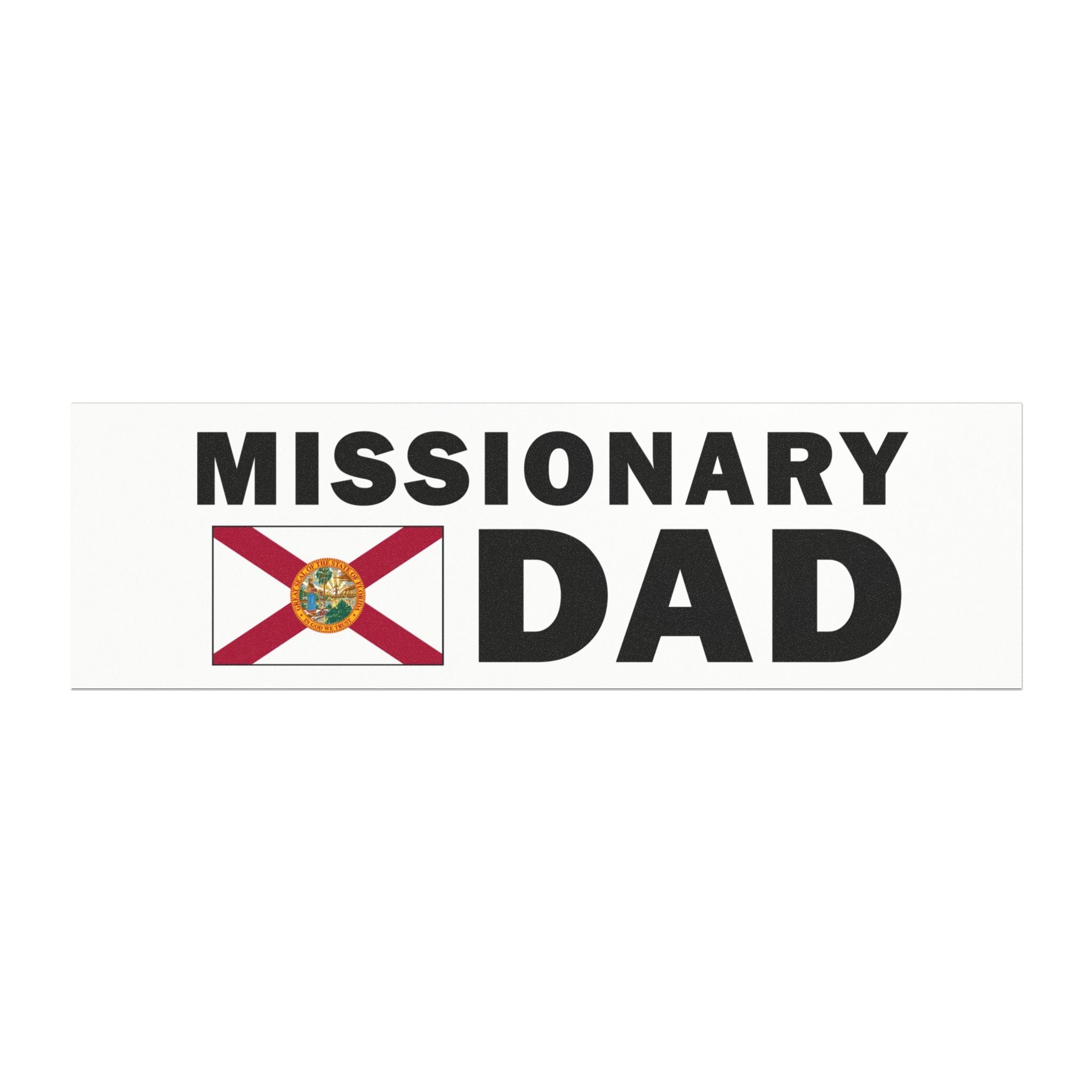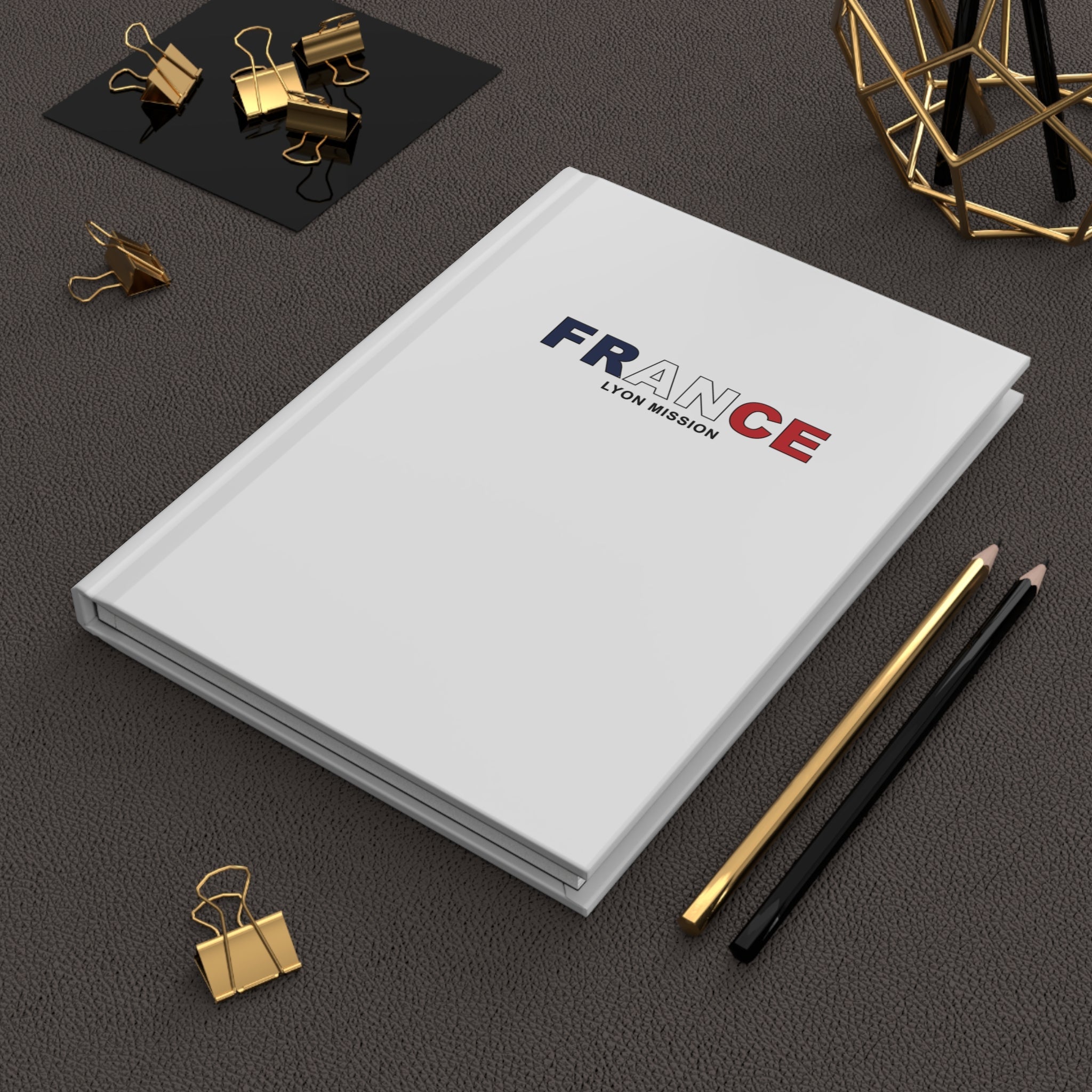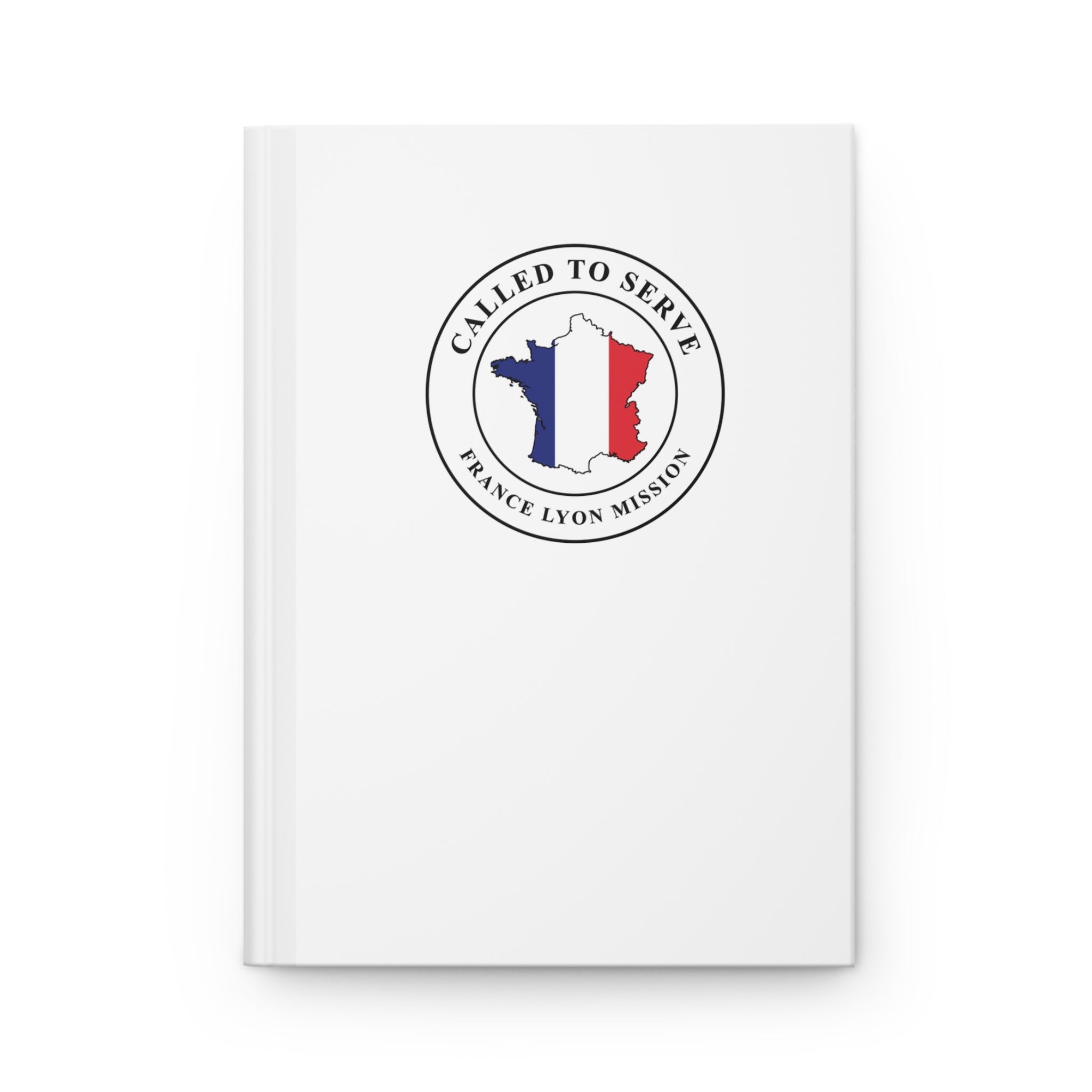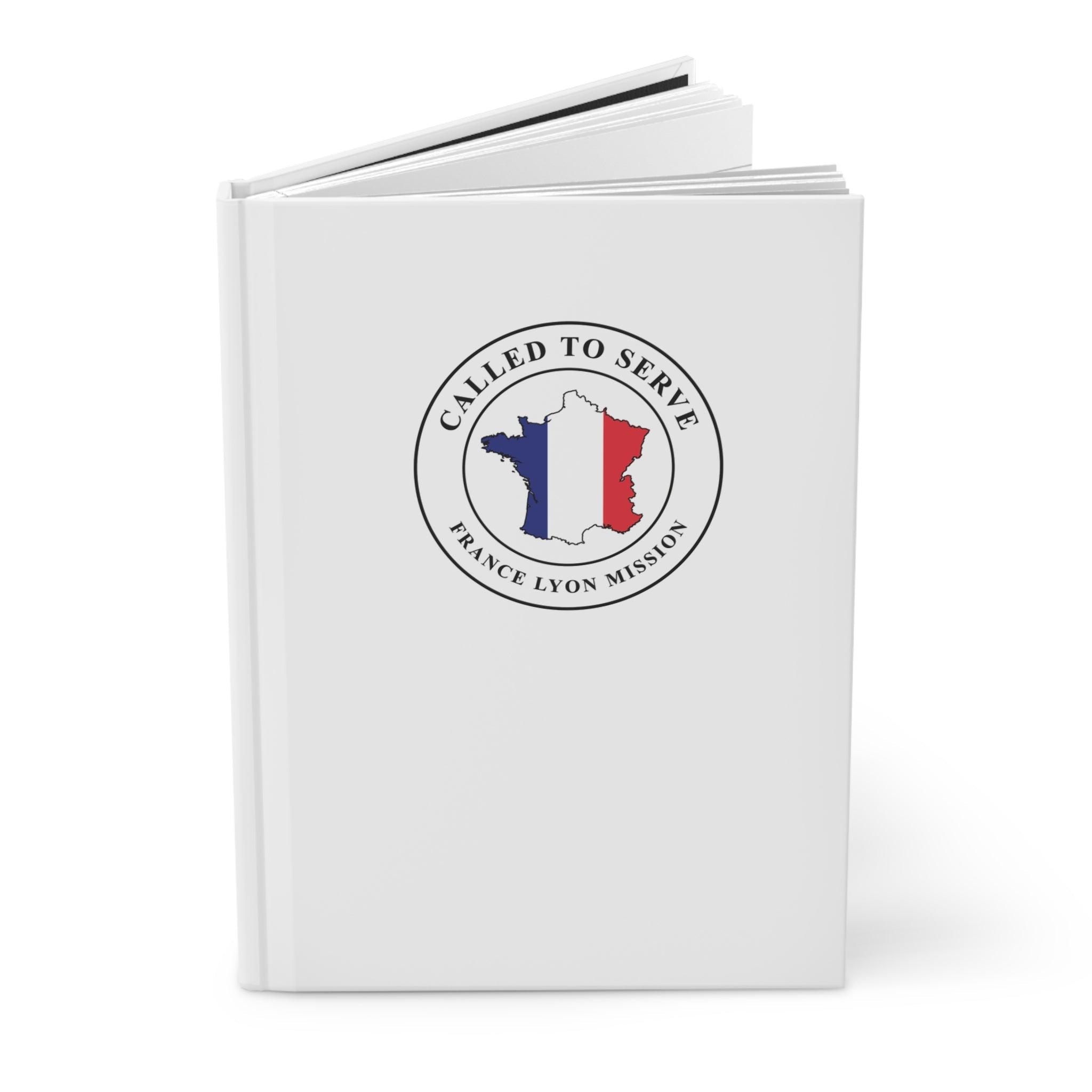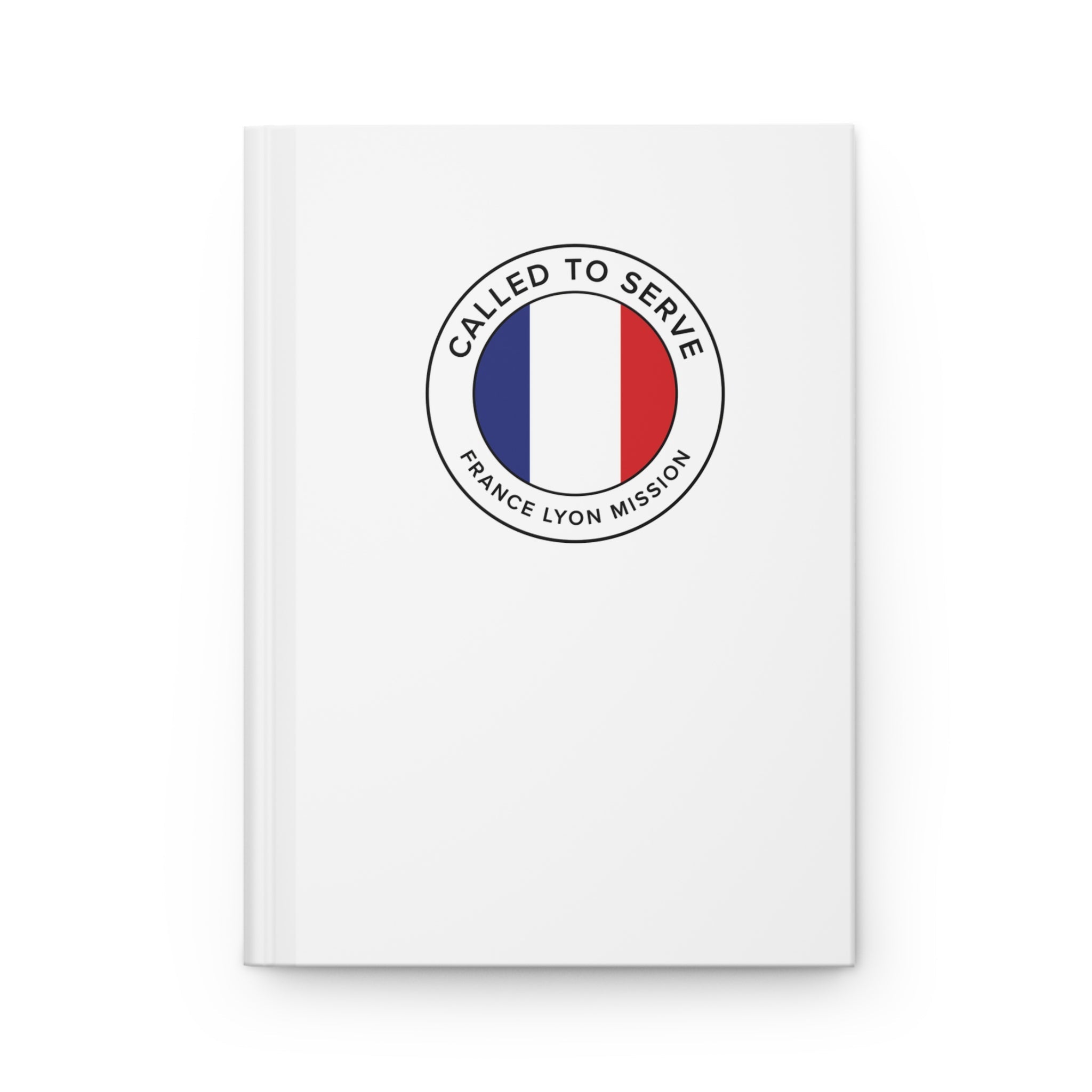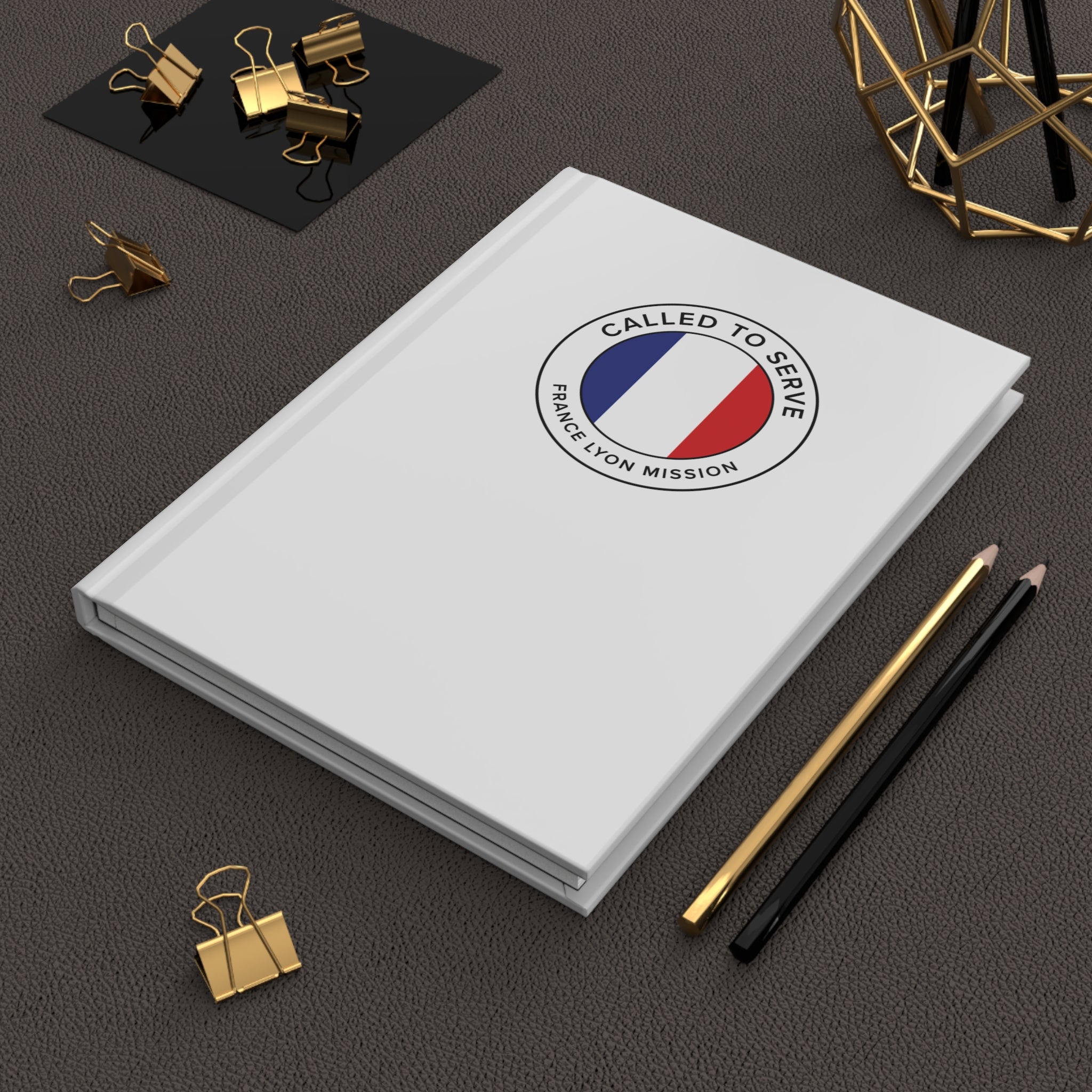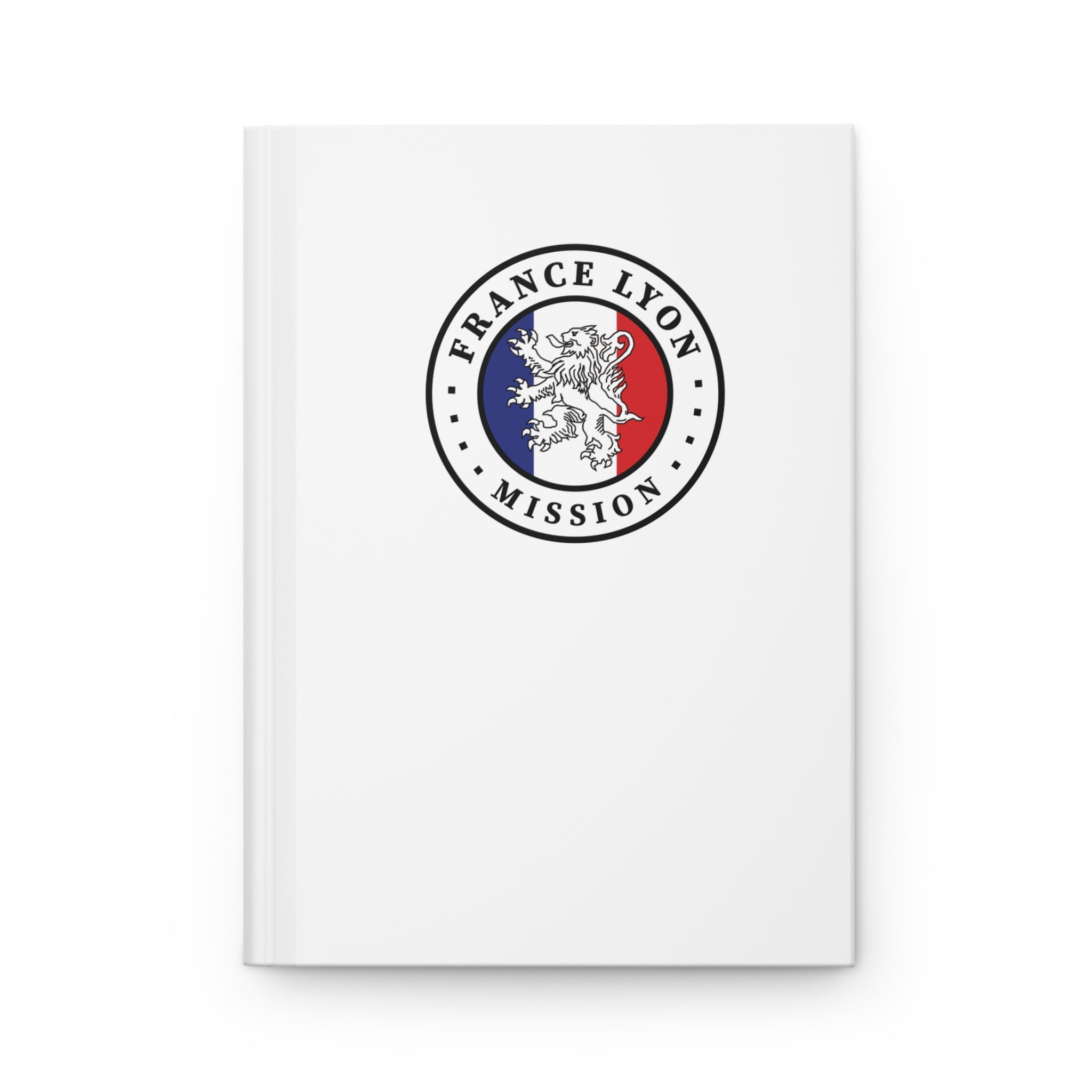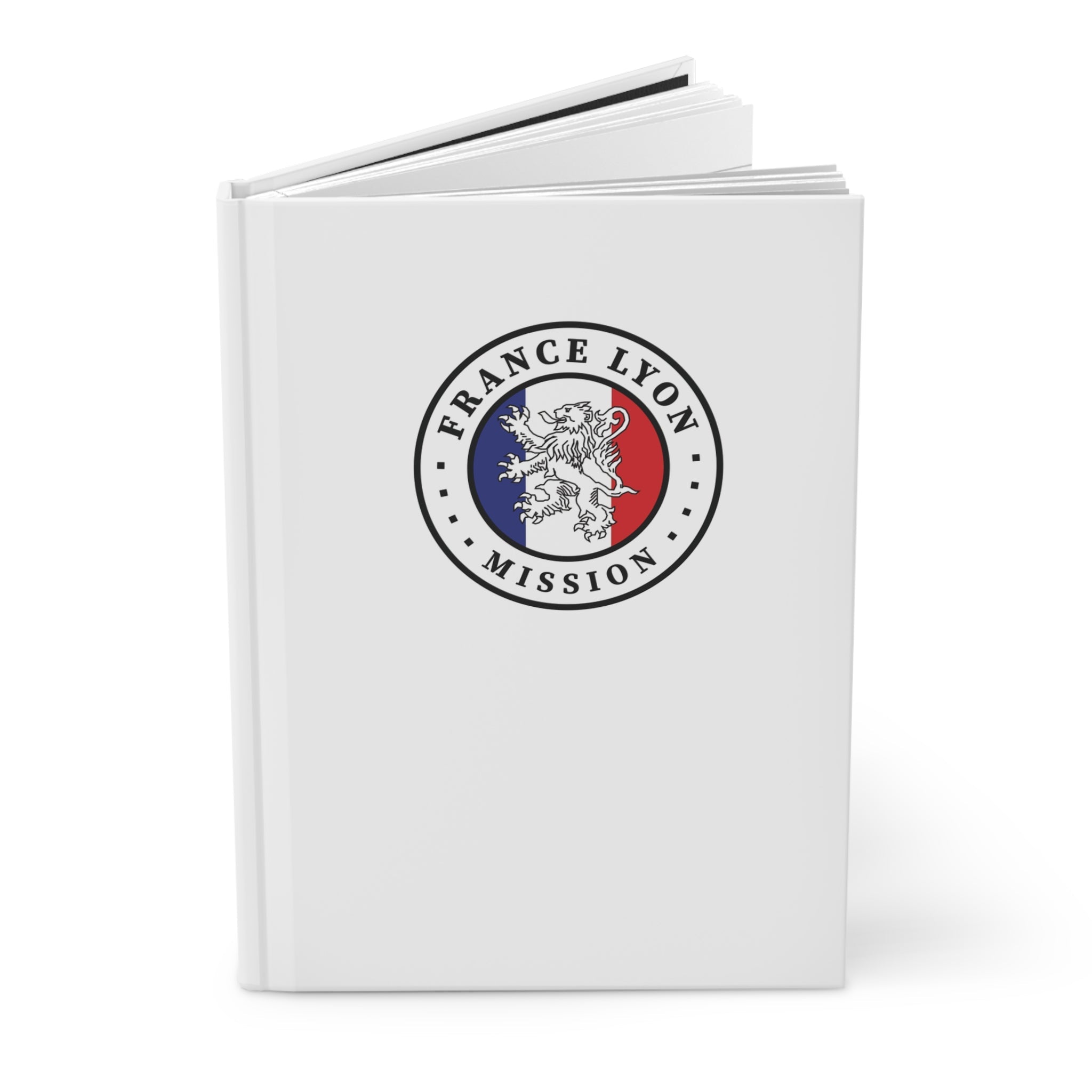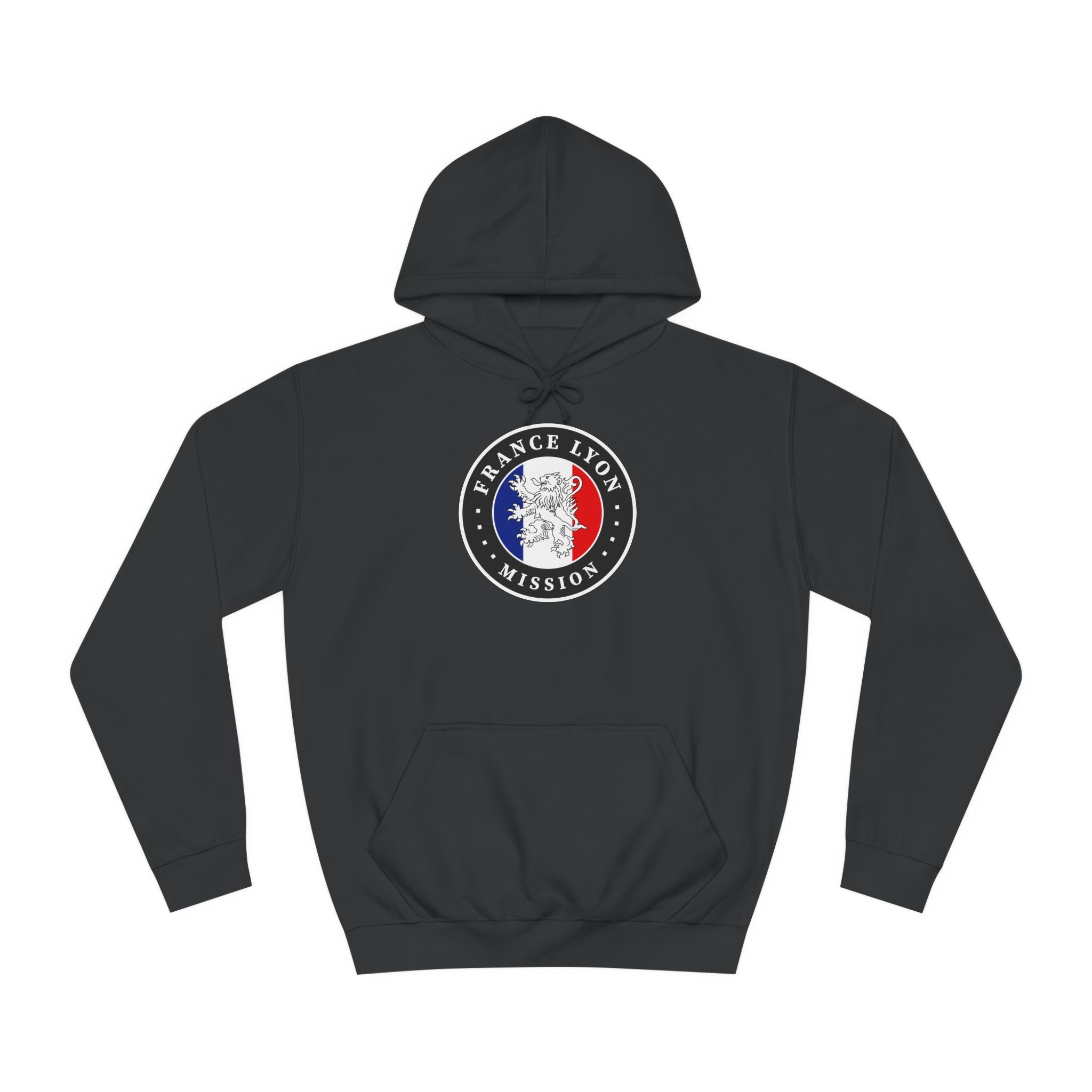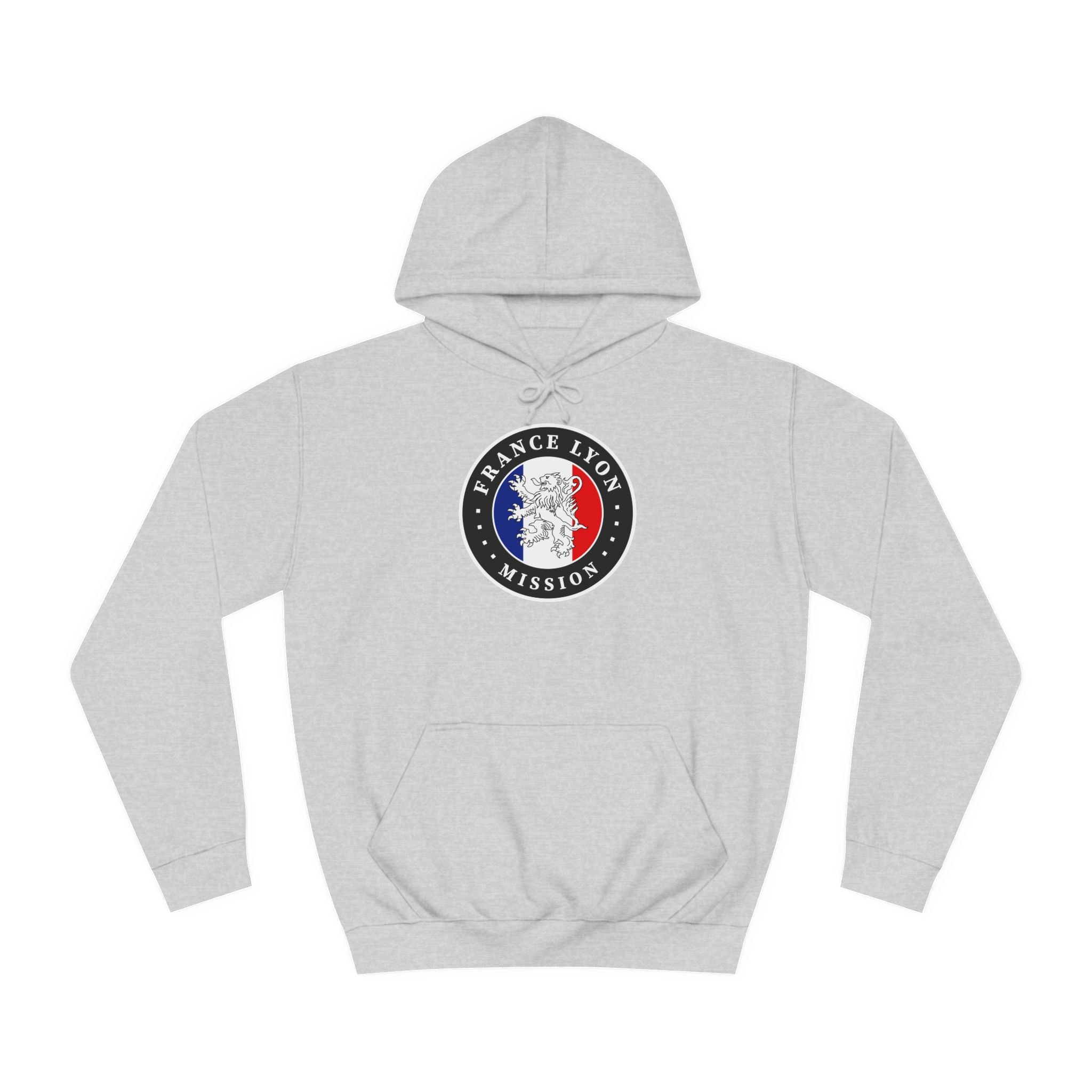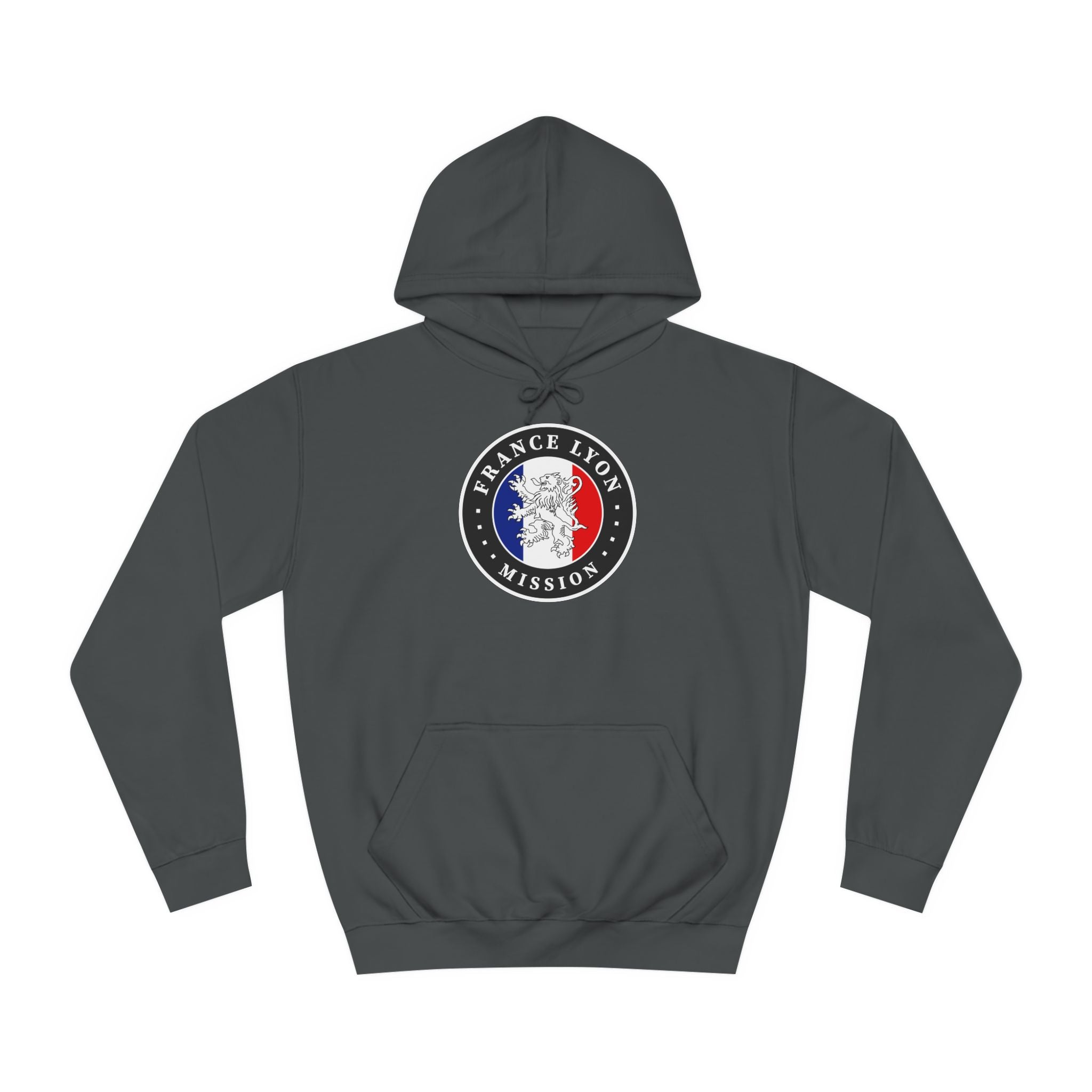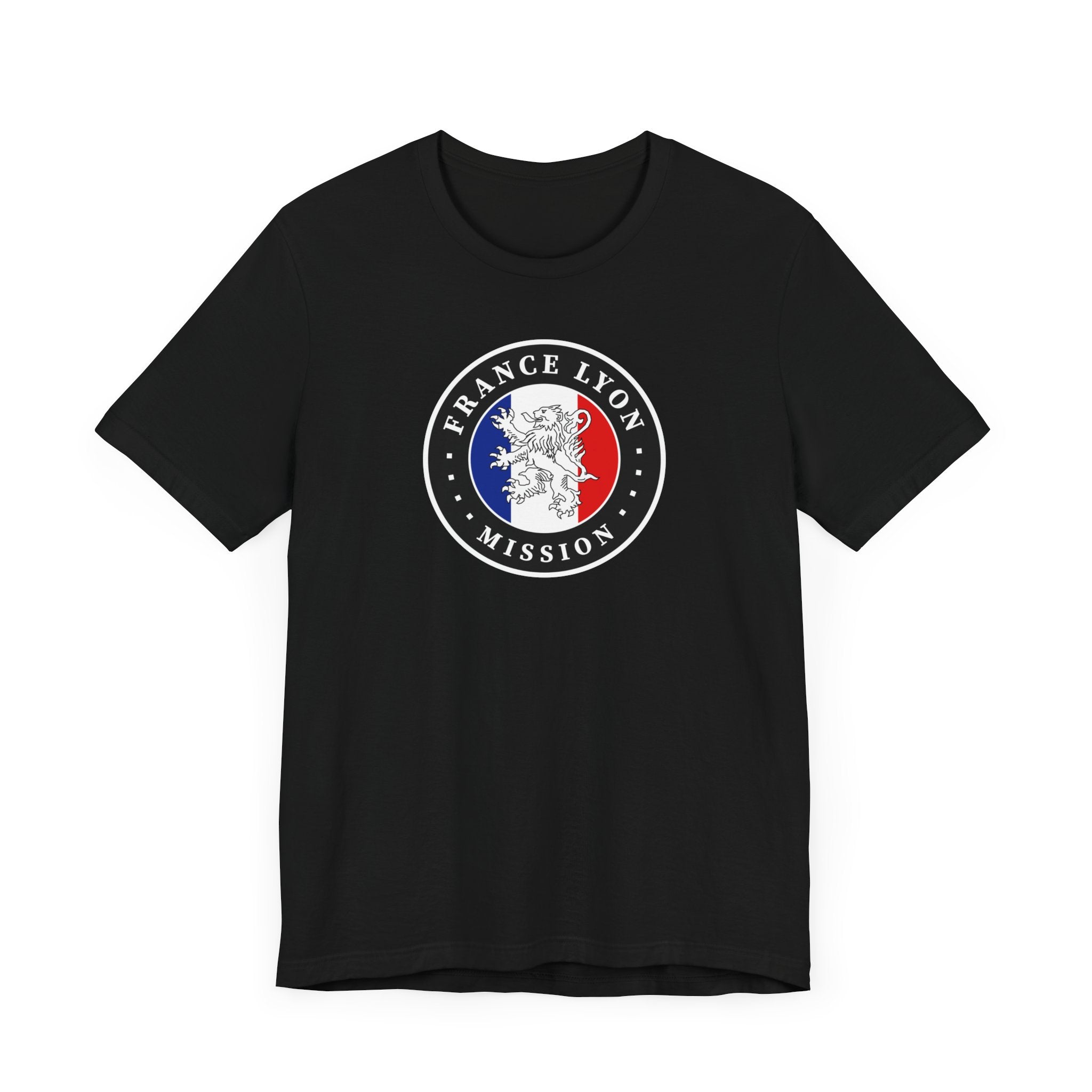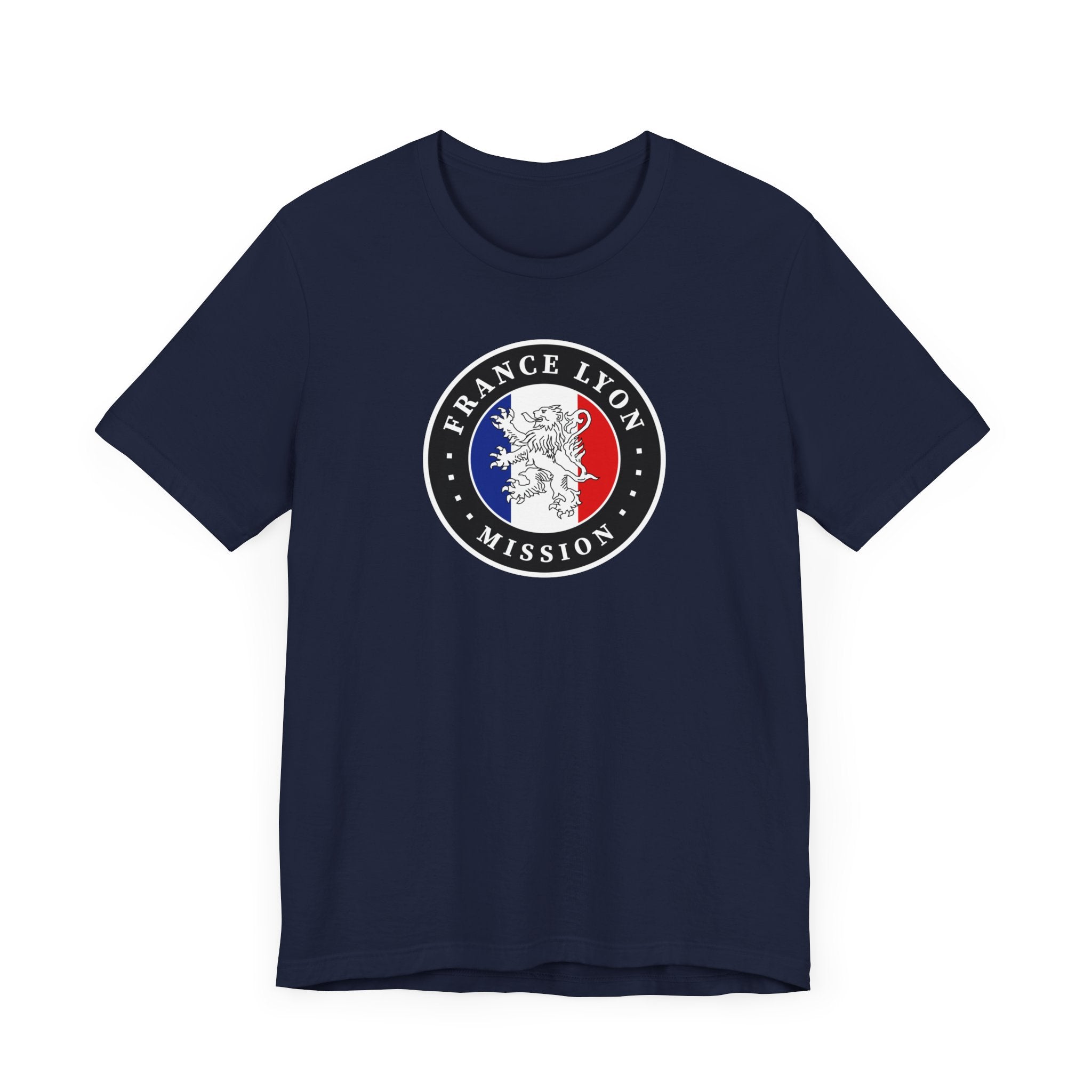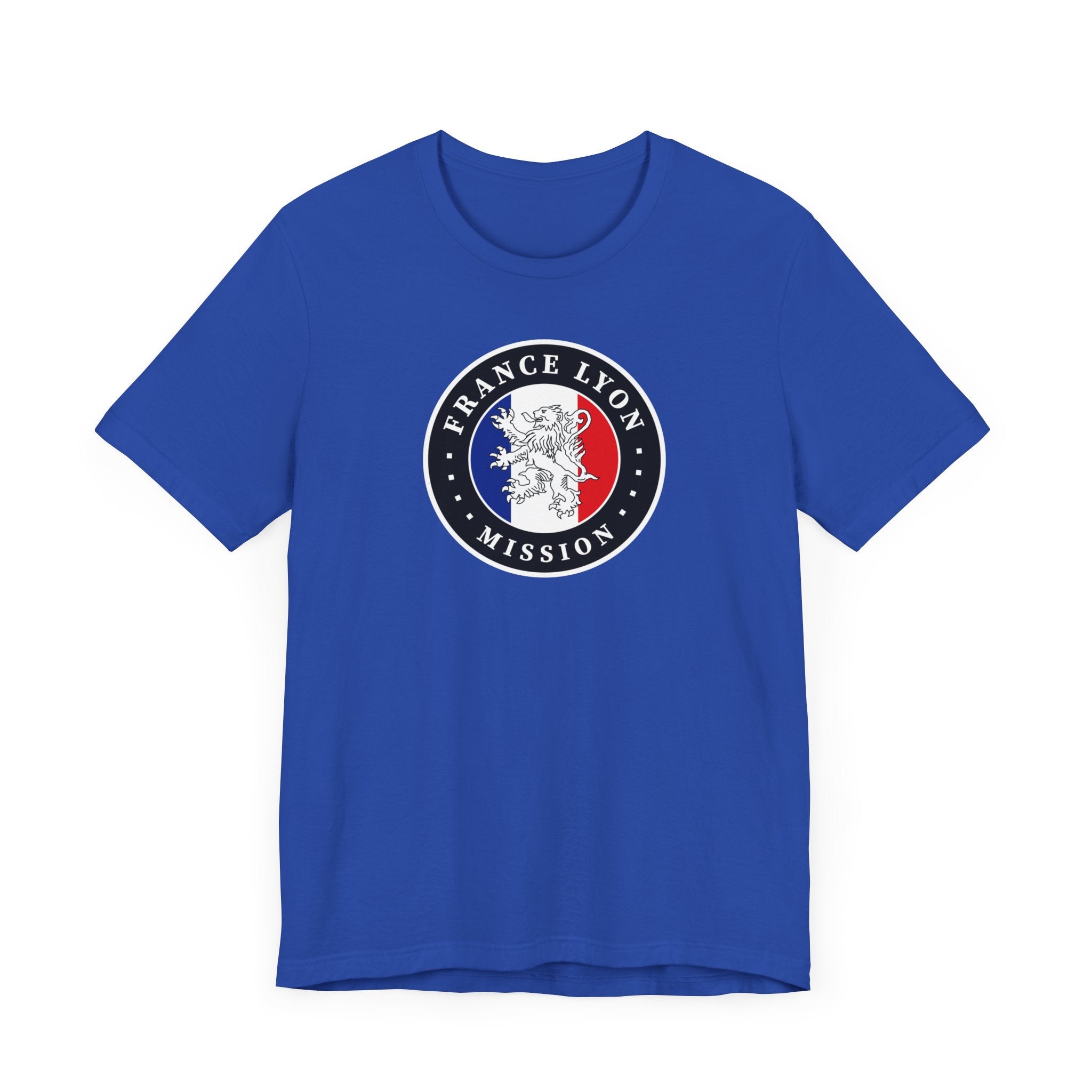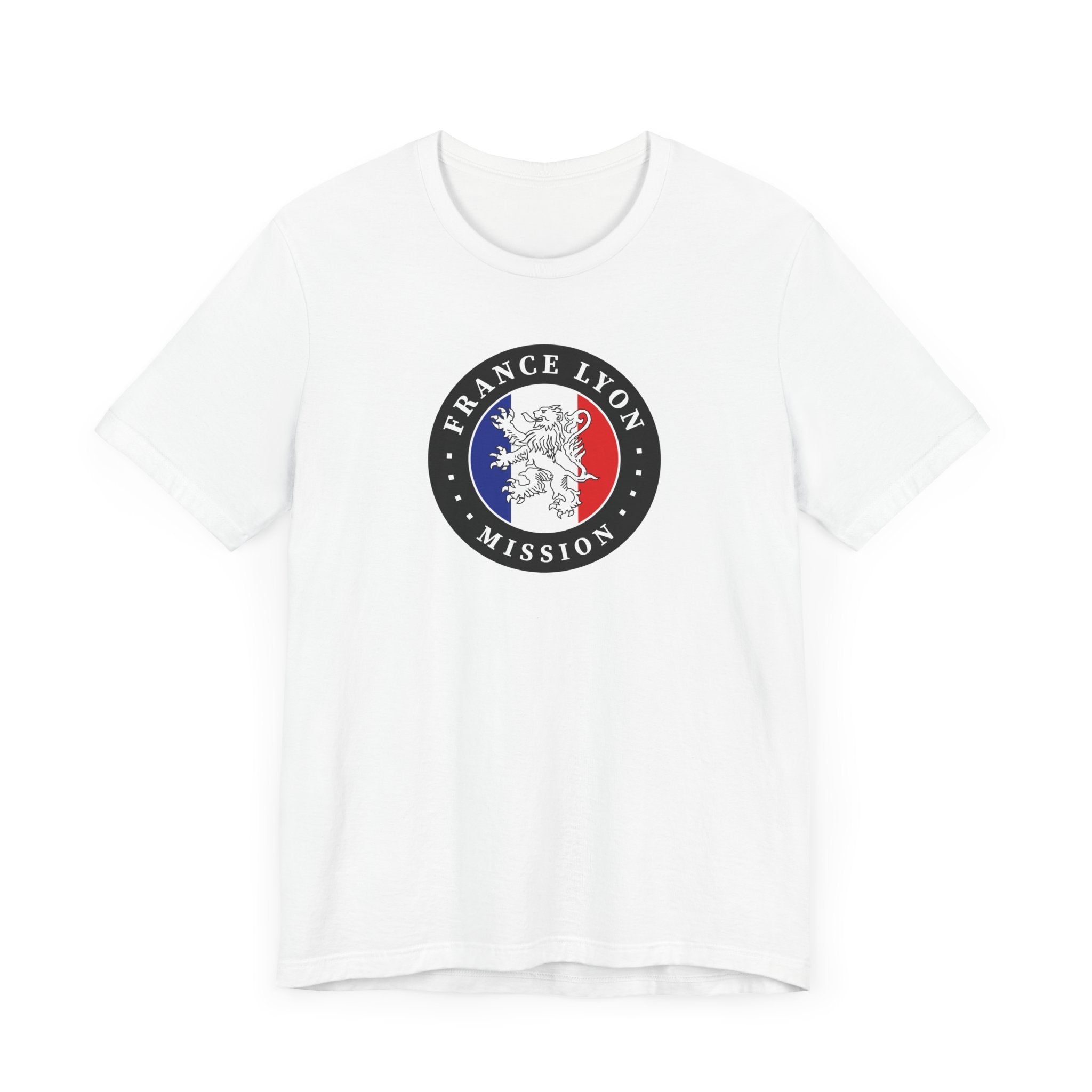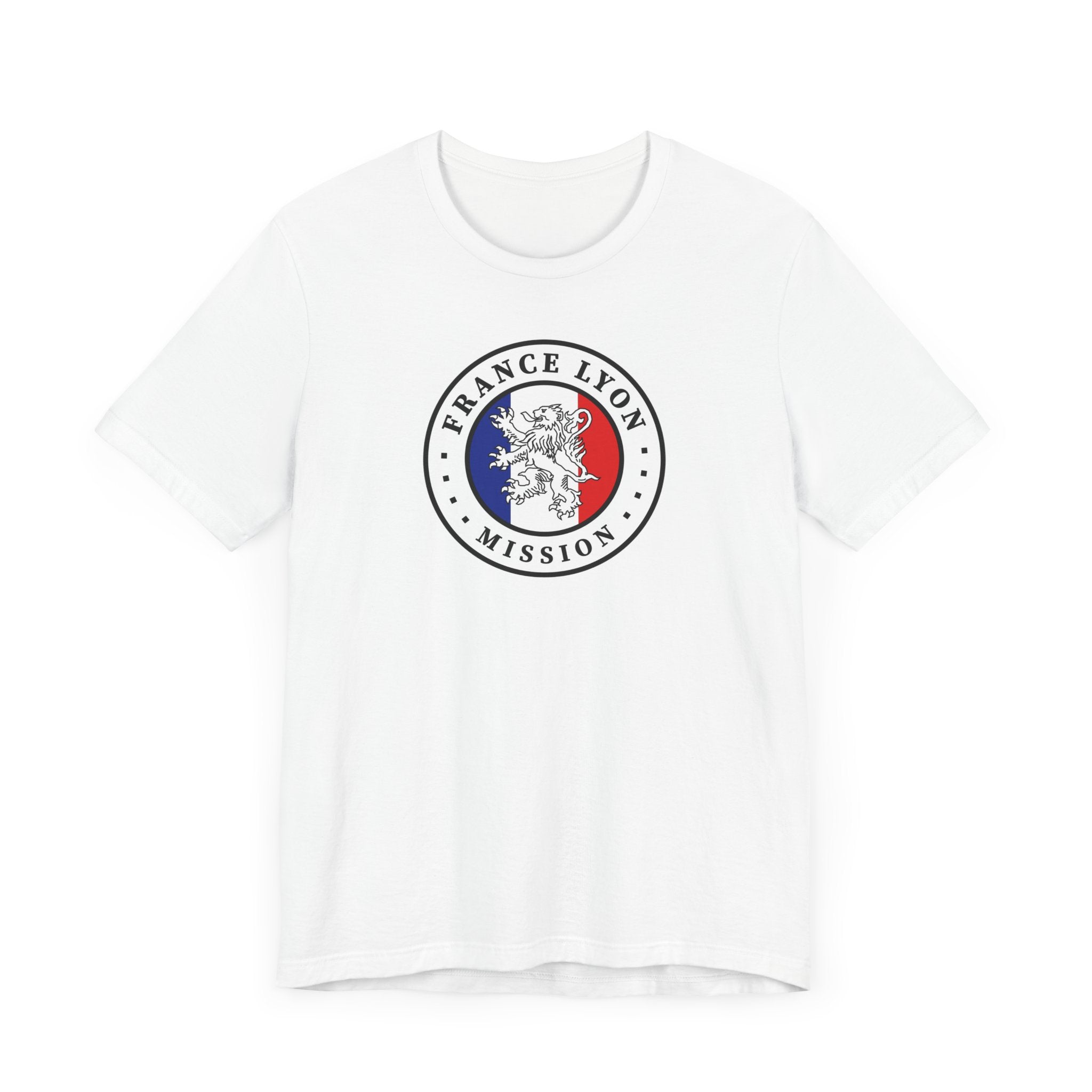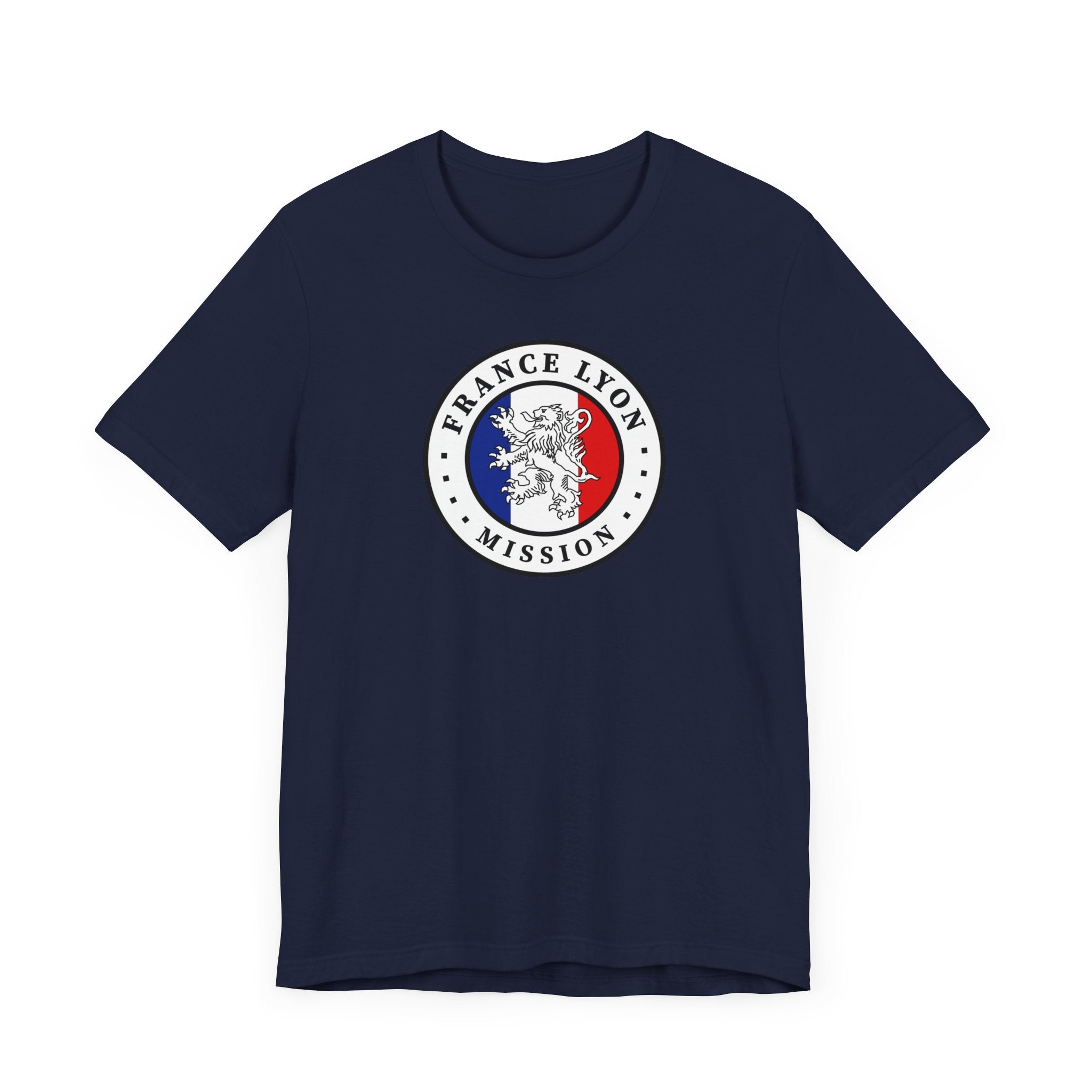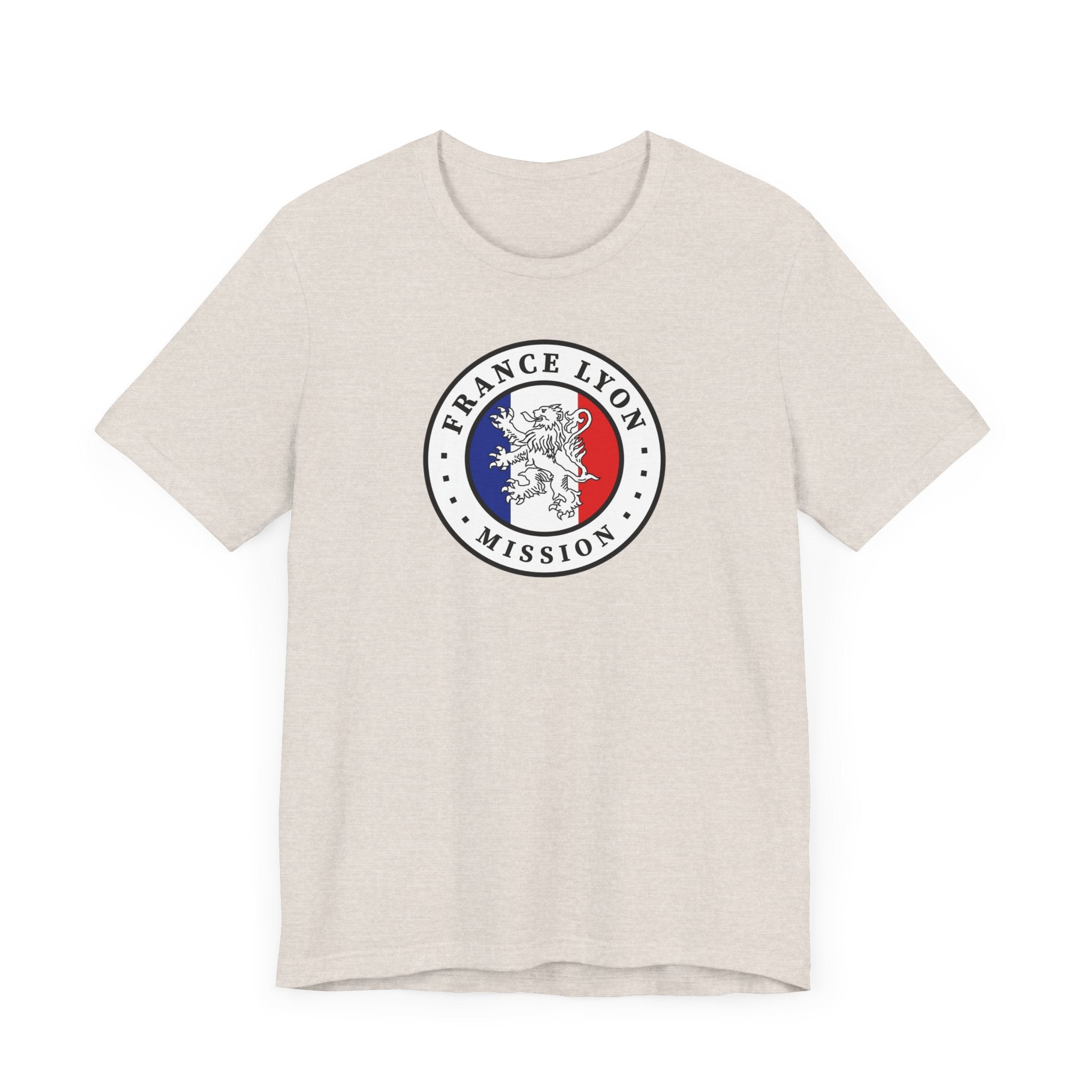When missionaries first arrived in France in 1849, they found interested listeners among religious dissenters and cultural outsiders. One early convert, Louis Bertrand, would lead the French Mission until it closed in 1864. Missionaries returned to France in 1908, but world wars and economic hardship limited the Church’s presence for the next four decades. Faithful French Saints such as Léon Fargier and Eveline Kleinert helped carry the Church through the difficulties of World War II.
After the war, the Church established a stronger foundation in France. Church President David O. McKay announced that a temple where ceremonies would be performed in French would be built in Switzerland, the Church gained legal recognition in France, and Church literature was translated and published in French. During the 1960s, Church membership increased fivefold as missionaries and members worked to spread the gospel. In 1975, the first stake in France was organized in Paris. Though the laborers in France have often been few, the harvest has indeed been great (see Luke 10:2).
Since the 1970s, French Saints have prayed for a temple in their own country. In 2011, Thomas S. Monson, President of the Church, announced that a temple would be built near Paris. Members in the area held open houses to help their neighbors understand the temple project. The Paris France Temple was dedicated in May 2017.
